
A new study proposes a hypothesis called “Cytoelectric Coupling,” arguing that the brain’s electrical fields, created by neural network activity, can influence the physical configuration of neurons’ sub-cellular components to optimize network stability and efficiency. The research, conducted by scientists from MIT, City University of London, and Johns Hopkins University, builds upon earlier studies that showed how rhythmic electrical activity or ‘brain waves’ in neural networks and the influence of electric fields at the molecular level can coordinate and adjust the brain’s functions, facilitating flexible cognition.
Brain waves act as carriers of information. A recently proposed “Cytoelectric Coupling” hypothesis suggests that these wavering electric fields contribute to the optimization of the brain network’s efficiency and robustness. They do this by influencing the physical configuration of the brain’s molecular framework.
In order to carry out its multifaceted functions, which include thought, the brain operates on various levels. Information like objectives or visuals is depicted through synchronized electrical activity among neuronal networks. Simultaneously, a combination of proteins and other biochemicals within and surrounding each neuron physically execute the mechanics required for participation in these networks.
A new paper by researchers at MIT, City University of London, and Johns Hopkins University posits that the electrical fields of the network influence the physical configuration of neurons’ sub-cellular components to optimize network stability and efficiency, a hypothesis the authors call “Cytoelectric Coupling.”
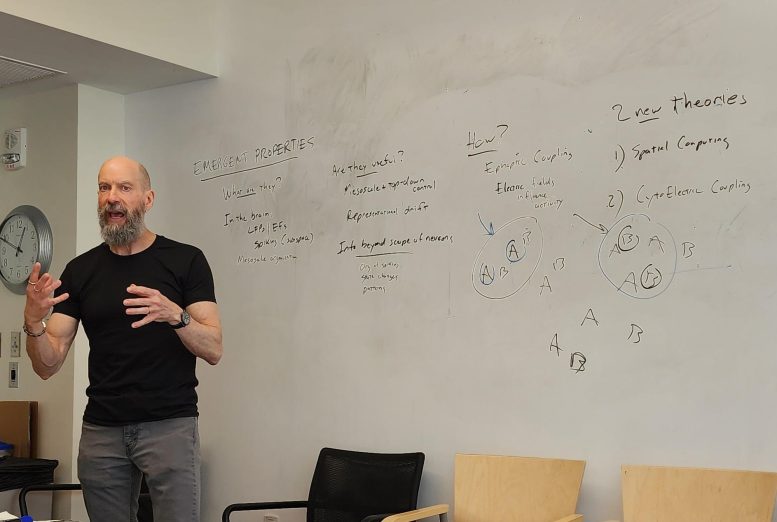
Earl K. Miller delivers a talk on his recent work at The Picower Institute for Learning and Memory. Credit: MIT Picower Institute
“The information the brain is processing has a role in fine-tuning the network down to the molecular level,” said Earl K. Miller, Picower Professor in The Picower Institute for Learning and Memory at MIT, who co-authored the paper in Progress in Neurobiology with Associate Professor Dimitris Pinotsis of MIT and City —University of London, and Professor Gene Fridman of Johns Hopkins.
“The brain adapts to a changing world,” Pinotsis said. “Its proteins and molecules change too. They can have electric charges and need to catch up with neurons that process, store, and transmit information using electric signals. Interacting with the neurons’ electric fields seems necessary.”
Thinking in fields
A major focus of Miller’s lab is studying how higher-level cognitive functions such as working memory can rapidly, flexibly, and yet reliably emerge from the activity of millions of individual neurons. Neurons are capable of dynamically forming circuits by creating and removing connections, called synapses, as well as strengthening or weakening those junctions. But, that merely forms a “roadmap” around which information could flow, Miller said.
The specific neural circuits that collectively represent one thought or another, Miller has found, are coordinated by rhythmic activity, more colloquially known as “brain waves” of different frequencies.
Fast “gamma” rhythms help transmit images from our vision (e.g. a muffin), while slower “beta” waves might carry our deeper thoughts about that image, (e.g. “too many calories”). Properly timed, bursts of these waves can carry predictions, enable writing in, holding onto, and reading out information in working memory, Miller’s lab has shown.
They break down when working memory does, too. The lab has reported evidence that the brain might distinctly manipulate rhythms in specific physical locations to further organize neurons for flexible cognition, a concept called “Spatial Computing.”
Other recent work from the lab has shown that while the participation of individual neurons within networks may be fickle and unreliable, the information carried by the networks they are part of is stably represented by the overall electric fields generated by their collective activity.
Cytoelectric coupling
In the new study, the authors combine this model of rhythmic electrical activity coordinating neural networks with other lines of evidence that electrical fields can influence neurons at the molecular level.
Researchers, for example, have studied ephaptic coupling, in which neurons influence each other’s electrical properties via the proximity of their membranes, rather than solely relying on electrochemical exchanges across synapses. This electrical cross-talk can affect neural functions including when and whether they spike to relay electrical signals to other neurons in a circuit.
Miller, Pinotsis, and Fridman also cite research showing other electrical influences on cells and their components including how neural development is guided by fields and that microtubules can be aligned by them.
If the brain carries information in electric fields and those electric fields are capable of configuring neurons and other elements in the brain that form a network, then the brain is likely to use this capability. The brain can use fields to ensure the network does what it is supposed to do, the authors suggest.
To put it (loosely) in couch potato terms, the success of a television network isn’t just its ability to transmit a clear signal to millions of homes. What’s also important is the details as fine as the way each viewer household arranges its TV, sound system, and living room furniture to maximize the experience. Both in this metaphor and in the brain, Miller said, the presence of the network motivates the individual participants to configure their own infrastructure to participate optimally.
“Cytoelectric Coupling connects information at the meso‐ and macroscopic level down to the microscopic level of proteins that are the molecular basis of memory,” the authors wrote in the paper.
The article lays out the logic inspiring Cytoelectic Coupling. “We’re offering a hypothesis that anybody can test,” Miller said.
Reference: “Cytoelectric coupling: Electric fields sculpt neural activity and “tune” the brain’s infrastructure” by Dimitris A. Pinotsis, Gene Fridman and Earl K. Miller, 18 May 2023, Progress in Neurobiology.
DOI: 10.1016/j.pneurobio.2023.102465
The study was funded by the United Kingdom Research and Innovation (UKRI), the U.S. Office of Naval Research, The JPB Foundation, and The Picower Institute for Learning and Memory.

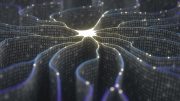
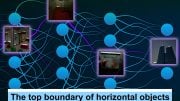

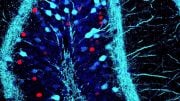
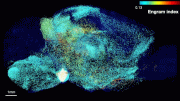
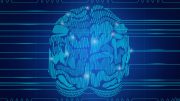

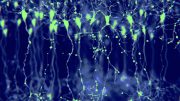
The magnetic field effects of neural current spikes seem likely to have a critical electro-mechanical impact (much like electrostriction in transformers) on microtubules, including those of adjacent neural circuits.
your ads made me not share this good article, f your pop up abuse
“For every fact there is an infinity of hypotheses.”
― Robert M. Pirsig (1928-2016)
“For every fact there is a seeming infinity of unscientific philosopher comments.” – Torbjörn Larsson
See:
“Infinite Mind: Science of the Human Vibrations of Consciousness” by Valerie V. Hunt.
Her research validates this hypothesis in my mind to the point of no question, and this hypothesis demonstrates the more recent research that provides the structural basis for her findings.
Funded by the US-NIMH, they built a “room” that blocks out the Earth’s electromagnetic field, filled with computer-controlled electromagnets and a bed in the middle. They were able to cure the worst-case depression cases that for 20 years had responded to no other therapy – in one treatment in the room. And so much more to learn from this book.
Are you seriously suggesting that readers of your comments should take medical advice from them!?
But it so happens that strong magnetic field stimulation (not weak electric fields as in the paper) is used in depression treatments. See e.g. “Transcranial magnetic stimulation”, Maye Clinic. But if anyone reads this and have depression problems and want help with that, they should contact their doctor for expert advice.
The paper says it best: “Whether electric fields are an epiphenomenon of neural activity or not is unknown.” It is an amalgamation of potential effects, but there is nothing in need of explanation that not current known neuron biology explains. So possible, evolution is a great tinkerer, but cell membranes have evolved to shield from electric fields and not to enhance them.